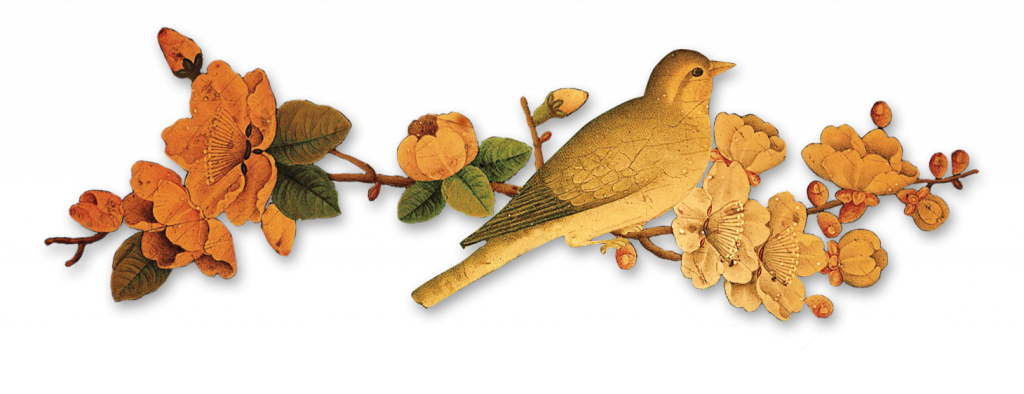
Mother’s Day is celebrated in various countries around the world though in each country the date on which it is celebrated may vary. Most countries celebrate Mother’s Day on second Sunday of May.
The early history of Mother’s Day dates back to Persians, Greeks, and Romans. However, the recent History of Mother’s Day is from England where a Mothering Sunday is observed. This is celebrated on 4th Sunday of Lent and is an annual celebration to pay honor to Virgin Mary.
There is a History of Mother’s Day in the United States also. Julia Ward Howe was the person who first suggested the official celebration of the Mother’s Day. In 1872, she proposed that the Mother’s Day be celebrated on the June 2nd. Anna Jarvis (an Appalachian homemaker and a social worker) is also recognized as the Founder of Mother’s Day in the US in 1907. Later in 1914, US President Woodrow Wilson who signed a Resolution designating the second Sunday in May as Mother’s Day declared the official date of Mother’s Day. This US tradition of celebrating Mothers Day and paying honor to mothers spread across various countries over the years and these countries also adopted second Sunday of May as Mother’s Day.
Early History of Mother’s Day in Iran: Reliable evidences indicate that celebrating love in general and expressing love and respect towards mother in Persian Culture trace back to pre-Zoroastrian era, long before Zoroaster’s time. It should be noted that to establish an exact date for Zoroaster’s time vary widely. Scholarly estimates are usually roughly near 1700 BC. Others, however, give earlier estimates, making him as the founder of the earliest religion based on revealed scripture, while still others place him in the 6th century BC, which would make him contemporary to the rise of the Achamenids.
The evidences that indicate Iranians were celebrating love and expressing love and respect towards mother during pre-Zoroastrian era, in Zoroaster’s time, and onward may be classified as follows:
1. The chief god of the pre-Zoroastrian era was Ahura Mazda, the creator of the universe and the one who maintained the cosmic and social order. Mehr or Mithra in Avesta, and Mitrah in Pahlavi was the second most important deity. In Avesta, Mehr was the god or the protector of truth (in Persian: Dourosti) and friendship (in Persian: Doosti). In Modern Persian, Mehr means love (Eshgh), kindness (Mehrabaani), and sun (Khorsheed).
2. The Amesa Spentas or the Amesha Spentas are the holy immortals of Zoroastrianism. They probably belonged to the pantheon of ancient Iranian gods, which existed before Zoroaster’s time. It is possible that, although Zoroaster denounced the old gods and goddesses, he assimilated the Amesa Spentas into his teachings as aspects of Ahura Mazda, and they were said to serve Ahura Mazda, the creator of the universe. Each of these Amesa Spentas ruled over a particular aspect of reality. To name a few of them, Spenta Mainyu ruled over Humanity, and Spenta Armaiti reigned over the Earth.
3. The Spenta Armaiti in Persian Mythology was the goddess of devotion and unconditional love. She was also the guardian of herdsmen and farmers, and she is possibly the counterpart of Roman Lupercus and Greek Pan. (Lupercus was the god of shepherds, and Pan was the god of the pastures managed for sheep and goats).
Spenta Armaiti in Persian Culture is also known as Espandarmaz and in Armenian Culture it is known as Spendarmat.
The Spenta Armaiti, the Persian goddess of devotion and unconditional love, was widely believed to be the spiritual mother of all human beings, and people were taught to say, ‘My mother is Spendarmat, Archangel of the Earth, and my father is Ohrmazd, the Lord of Wisdom’.
According to one tradition, Spenta Armaiti was the mother of Kayumars, the King and the primordial being in Persian Mythology. As Kayumars lay dying, his body separated into seven metals. Spenta Armaiti gathered the gold and grew a plant from it. From this plant came the first human couple. The name Spenta Armaiti is sometimes translated as ‘Love’ or ‘Devotion’.
According to some documents the ancient Iranians used to celebrate the Day of Love at the end of Bahman (coinciding with February 18) or in the beginning of Esfand (coinciding with February 19), and the feast was known as Spendarmat or Spendarmaz.
Esfandgan Feast, which is devoted to women and mothers, is still celebrated by many Iranians on Spandarmaz Day in Esfand, the last month of the Iranian calendar, to remember the superior status of mothers as well as their kindness and self-sacrifice.
Epilogue: During the Shah era (1941-1979) Mother’s Day was celebrated on 25th day of Azar, the ninth month of the Iranian Calendar. In present-day Iran, Mother’s Day is celebrated on 20 Jamaadi Alssani (aka Jumada al-thani) of the Islamic Calendar, which is the birthday anniversary of Hazrat Fatima Zahra (the prophet Muhammad’s daughter from his first wife Khadija). It should be noted since the Islamic Calendar uses the lunar year, which is shorter than the solar year, the day will migrate through the seasons, and every year it will correspond to a different day in the other calendars.
Happy Mother’s Day
Manouchehr Saadat Noury, PhD
REFERENCES
Cotterell, A. and Storm, R. (1999): “The Ultimate Encyclopedia of Mythology”, ed., Hermes House, London, UK.
Price, M. (2001): Online Article on Distinguished women, past and present: Fatima is Fatima.
Saadat Noury, M. (2010): Online Article on Celebrating Moments of Valentine’s Day (Day of Love).
Saadat Noury, M. (2009): Online Articles on “First Iranians”.
Wikipedia Encyclopedia (2010): Online Article on “Mother’s Day”.
Read more about Joyful Moments of Celebrations on MISSING MOMENTS






